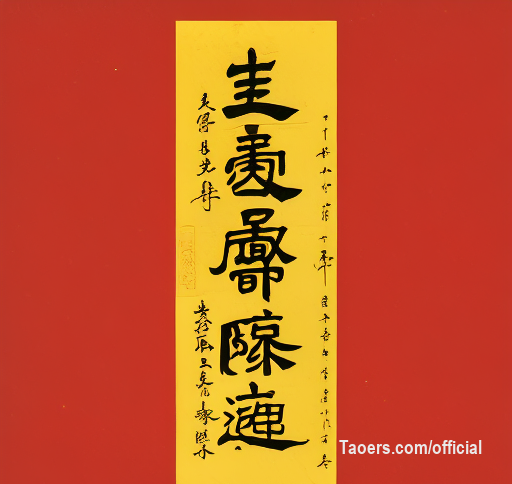Traditionally, the Chinese language does not have terms defining lay people adhering to the doctrines or the practices of Taoism, who fall instead within the field of folk religion. Taoist, in Western sinology, is traditionally used to translate daoshi/taoshih (道士; 'master of the Tao'), thus strictly defining the priests of Taoism, ordained clergymen of a Taoist institution who "represent Taoist culture on a professional basis", are experts of Taoist liturgy, and therefore can employ this knowledge and ritual skill for the benefit of a community.[28]
This role of Taoist priests reflects the definition of Taoism as a "liturgical framework for the development of local cults", in other words a scheme or structure for Chinese religion, proposed first by the scholar and Taoist initiate Kristofer Schipper in The Taoist Body (1986).[29] Taoshi are comparable to the non-Taoist ritual masters (法師) of vernacular traditions (the so-called Faism) within Chinese religion.[29]
The term dàojiàotú (道教徒; 'follower of Dao'), with the meaning of "Taoist" as "lay member or believer of Taoism", is a modern invention that goes back to the introduction of the Western category of "organized religion" in China in the 20th century, but it has no significance for most of Chinese society in which Taoism continues to be an "order" of the larger body of Chinese religion.
#taoismmaster
This role of Taoist priests reflects the definition of Taoism as a "liturgical framework for the development of local cults", in other words a scheme or structure for Chinese religion, proposed first by the scholar and Taoist initiate Kristofer Schipper in The Taoist Body (1986).[29] Taoshi are comparable to the non-Taoist ritual masters (法師) of vernacular traditions (the so-called Faism) within Chinese religion.[29]
The term dàojiàotú (道教徒; 'follower of Dao'), with the meaning of "Taoist" as "lay member or believer of Taoism", is a modern invention that goes back to the introduction of the Western category of "organized religion" in China in the 20th century, but it has no significance for most of Chinese society in which Taoism continues to be an "order" of the larger body of Chinese religion.
#taoismmaster
Traditionally, the Chinese language does not have terms defining lay people adhering to the doctrines or the practices of Taoism, who fall instead within the field of folk religion. Taoist, in Western sinology, is traditionally used to translate daoshi/taoshih (道士; 'master of the Tao'), thus strictly defining the priests of Taoism, ordained clergymen of a Taoist institution who "represent Taoist culture on a professional basis", are experts of Taoist liturgy, and therefore can employ this knowledge and ritual skill for the benefit of a community.[28]
This role of Taoist priests reflects the definition of Taoism as a "liturgical framework for the development of local cults", in other words a scheme or structure for Chinese religion, proposed first by the scholar and Taoist initiate Kristofer Schipper in The Taoist Body (1986).[29] Taoshi are comparable to the non-Taoist ritual masters (法師) of vernacular traditions (the so-called Faism) within Chinese religion.[29]
The term dàojiàotú (道教徒; 'follower of Dao'), with the meaning of "Taoist" as "lay member or believer of Taoism", is a modern invention that goes back to the introduction of the Western category of "organized religion" in China in the 20th century, but it has no significance for most of Chinese society in which Taoism continues to be an "order" of the larger body of Chinese religion.
#taoismmaster
0 Σχόλια
0 Μοιράστηκε
10591 Views
0 Προεπισκόπηση




